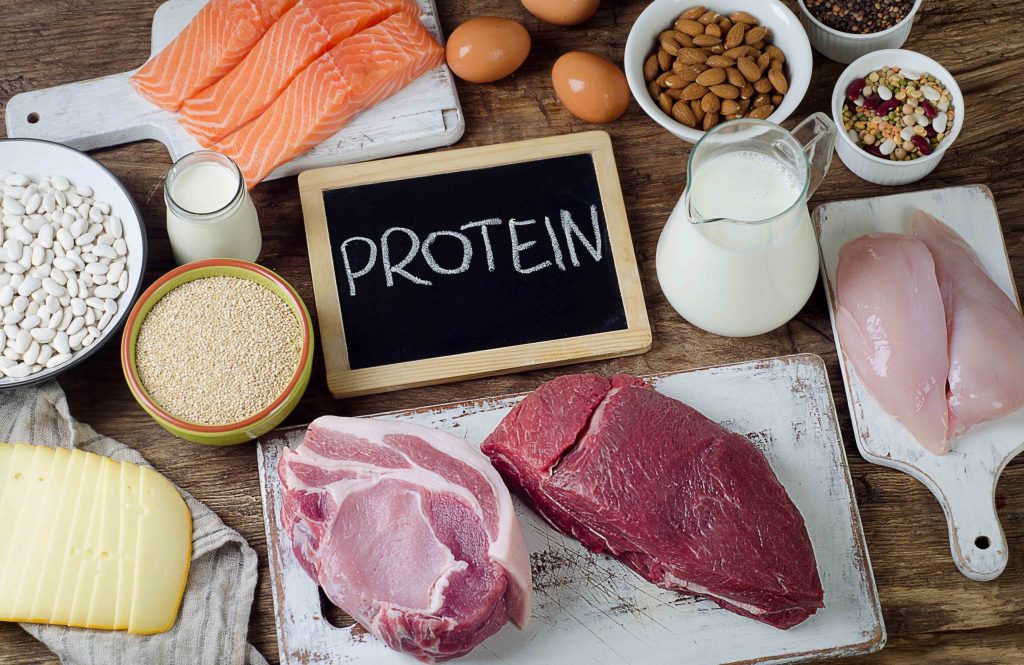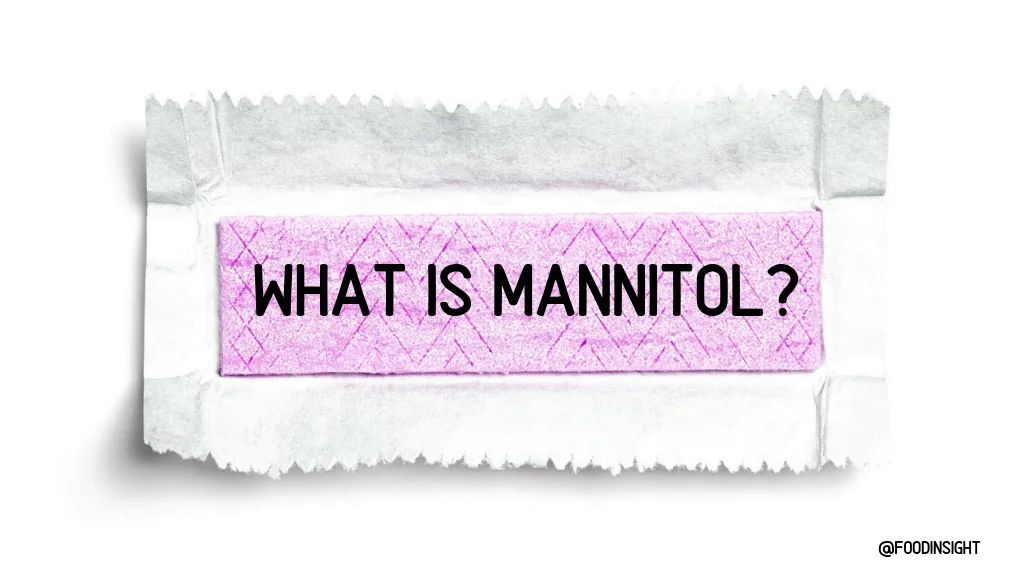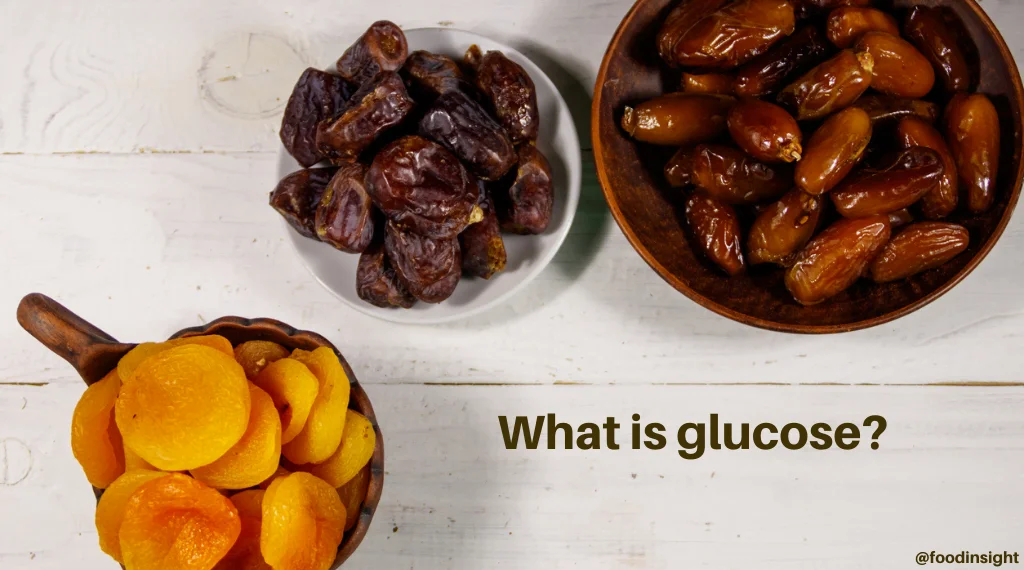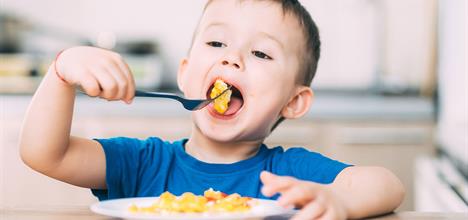
Protein is a nutrient your body needs to grow, repair cells, and function properly.
Protein is found in a variety of foods, and it is important to get enough protein in your diet every day. How much protein you need from your diet depends on your weight, gender, age and health.
It’s easy to meet your protein needs by eating a variety of foods. Protein in food comes from plant and animal sources, such as:
meat and fish
Egg
dairy products
seeds and nuts
Legumes, such as beans and lentils.
Protein is made up of amino acids
Proteins are made up of structural units called amino acids. There are about 20 different amino acids linked together in different combinations. and Your body uses them to make new proteins, such as those for muscles and bones, and other compounds, such as enzymes and hormones. It can also use them as an energy source.
Your body also can make some amino acids – 11 of them, and they are called non-essential amino acids. There are 9 amino acids that your body cannot make and they are called essential amino acids. You need to include enough of these substances in your diet for your body to function properly
Nutritional value of protein
The nutritional value of protein is measured by the amount of essential amino acids it contains.
Different foods contain different amounts of essential amino acids. Generally speaking:
Animal products (such as chicken, beef, or fish and dairy products) contain all essential amino acids and are called “complete” proteins (or ideal or high-quality proteins).
Soy products, quinoa, and amaranth seeds (consumed in Asian and Mediterranean regions) also contain all essential amino acids.
Plant proteins (legumes, lentils, nuts, and whole grains) often lack at least one essential amino acid and are considered “incomplete” proteins.
People following a strict vegetarian or vegan diet need to choose a variety of protein sources from a combination of plant-based foods every day to ensure they get an adequate mix of essential amino acids.
If you follow a vegetarian or vegan diet, you can usually get the protein you need as long as you eat a wide variety of foods. For example, meals containing grains and legumes, such as baked beans on toast, provide all the essential amino acids found in typical meat dishes.
Protein food
Some food sources of dietary protein include:
Lean meat – beef, lamb, veal, pork, kangaroo
Poultry – chickens, turkeys, ducks, emus, geese, bush birds
Fish and seafood – fish, shrimp, crab, lobster, mussels, oysters, scallops, clams
Egg
Dairy products – milk, yogurt (especially Greek yogurt), cheese (especially cottage cheese)
Nuts (including nut butters) and seeds – almonds, pine nuts, walnuts, macadamia nuts, hazelnuts, cashews, pumpkin seeds, sesame seeds, sunflower seeds
Beans and Legumes – All beans, lentils, chickpeas, peas, tofu.
Some grains and grain products are also sources of protein, but the protein content is usually not as high as meat and meat substitutes.
How to meet your protein needs
The two main types of foods that provide protein are:
“Lean Meats & Poultry, Fish, Eggs, Tofu, Nuts & Seeds, and Legumes/Beans” group
“Milk, yogurt, cheese and/or alternatives (mainly reduced fat)” group.
As part of a healthy diet, the guidelines recommend choosing specific portions of 5 foods each day.
The body cannot store protein and excess protein is excreted from the body, so the most effective way to meet daily protein needs is to consume small amounts at each meal.
Get more protein throughout the day naturally
If you’re looking for ways to get more protein into your diet, here are some suggestions for you:
Try a peanut butter sandwich. Don’t Remember to use natural peanut butter (or any other nut butter) with no added salt, sugar, or other fillers.
Low-fat cottage cheese or ricotta cheese is rich in protein and can be added to scrambled eggs, casseroles, mashed potatoes or pasta. Or spread it on toast in the morning.
Nuts and seeds are great in salads, vegetables and curries. Try toasting some pine nuts or slivered almonds and tossing them into a green salad.
Beans are great for soups, casseroles, and pasta sauces. Try tossing a can of drained cannellini beans into your favorite vegetable soup recipe or casserole.
A plate of hummus and fresh-cut veggie sticks as a snack or hummus spread on a sandwich makes it easy to get extra protein at lunch.
Greek yogurt is a protein-rich treat that you can use throughout the day. Add some to your favorite breakfast cereal, spoon it on top of a bowl of pumpkin soup, or serve it as a dessert with some fresh fruit.
Eggs are a versatile and easy option that can be enjoyed on their own or mixed into a variety of dishes.
Too little protein intake (protein deficiency)
Protein deficiency means not getting enough protein in your diet. However, protein deficiency can occur in people with special requirements, such as older adults and people on strict vegetarian or vegan diets.
Symptoms of protein deficiency include:
Muscle tissue wasting and atrophy
Edema (fluid accumulation, especially in the feet and ankles)
Anemia (the inability of the blood to carry enough oxygen to cells, usually due to dietary deficiencies, such as iron deficiency) (Children) Slow growth.
Protein – Maintains muscle mass as we age
Starting around the age of 50, humans begin to gradually lose skeletal muscle. This is called sarcopenia and is common in older adults. Loss of muscle mass can be exacerbated by chronic illness, poor diet, and lack of activity and so on.
Meeting your daily recommended protein intake can also help you maintain muscle mass and strength. This is important to maintain your ability to walk and reduce the risk of injury from a fall.
In order to maintain muscle mass, it is important for older adults to consume protein “efficiently.” This means eating high-quality protein foods, such as lean meats
High-protein diets are dangerous
Some popular diets advocate a high protein intake of 200 to 400 grams per day. This is more than five times the amount recommended by the Australian Dietary Guidelines.
The protein recommendations in the guidelines provide enough protein to build and repair muscle, even if for bodybuilders and athletes.
A high-protein diet puts stress on the kidneys and liver. It also causes excessive loss of the mineral calcium, which increases the risk of osteoporosis.




